Glorious Burgundy Is Experiencing An Unprecedented Golden Age Of Fantastic Wine Vintages
by Ken Gargett
My favorite wine book was written back in 1940 by an English judge who was once a confirmed and committed teetotaler. The early days of World War II are probably a strange time for a wine book to be published. Indeed, the “standing type” suffered “complete destruction by enemy action,” making any copy a collector’s item. Unfortunately, the book’s author, Maurice Healy, passed away in 1943; fortunately, it has been reprinted.
The book is Stay Me with Flagons, an odd title, though a wonderfully entertaining read, if somewhat dated.
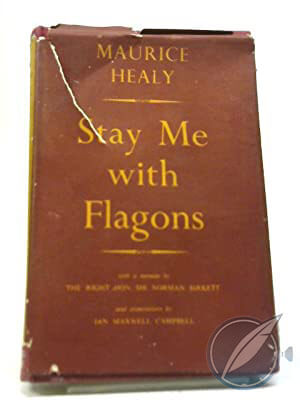
‘Stay Me with Flagons’ by Maurice Healy
These days, I am not sure they’d bother to reprint it as so much of it is now so politically incorrect. “A wine not fit to be served to Christians,” is one of the more temperate comments. It is almost a bit like that lovable old uncle turning up to Christmas, drinking a bit much, and saying the most outrageous things.
There are no shades of gray for Healy.
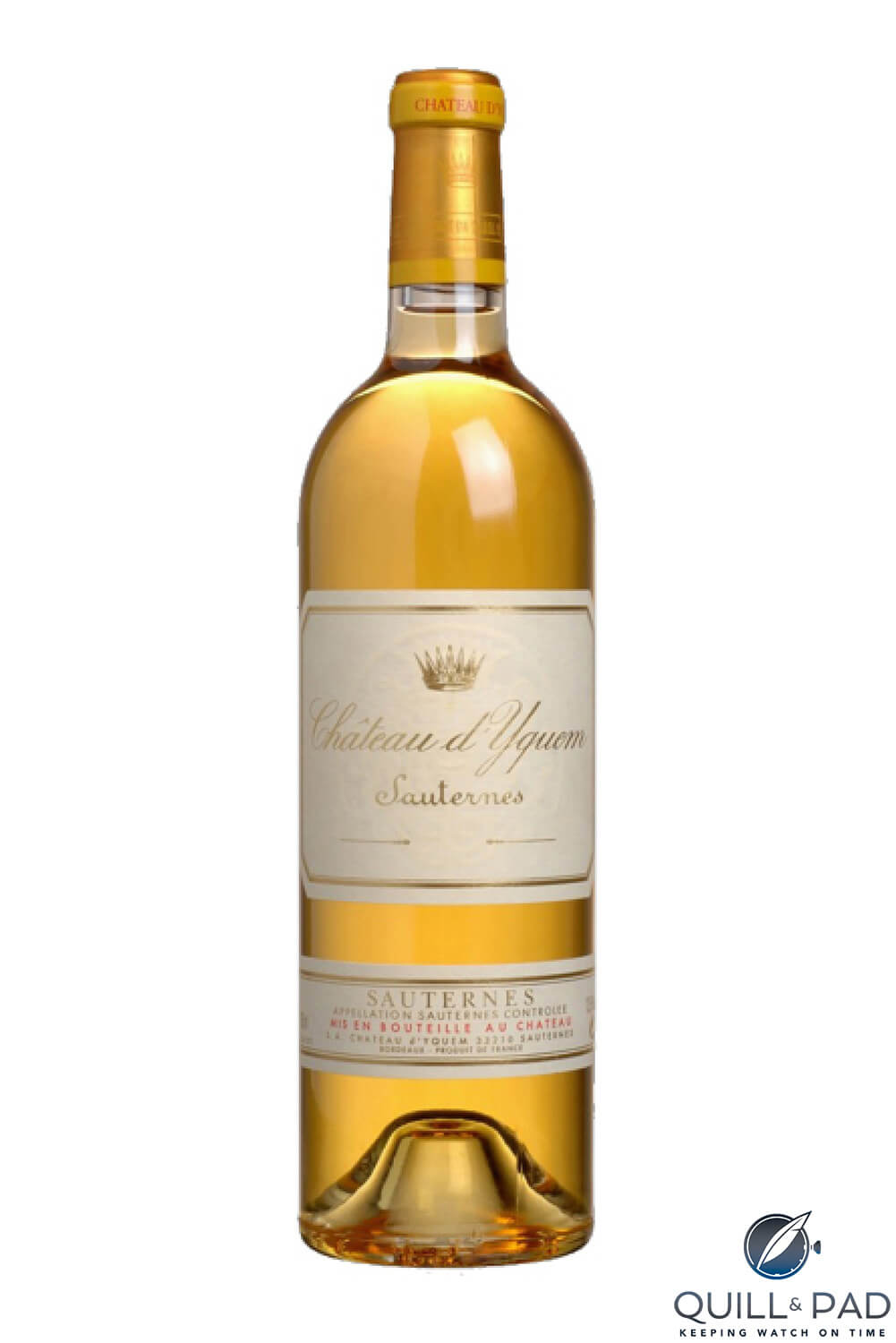
Château Yquem
Chateau Yquem? He is convinced that miracle wine at the marriage feast at Cana was a prophecy for the coming of Château Yquem.
Healy declares the 1928 Krug champagne to be the best wine of the century (and having tasted it once, who am I to argue?).
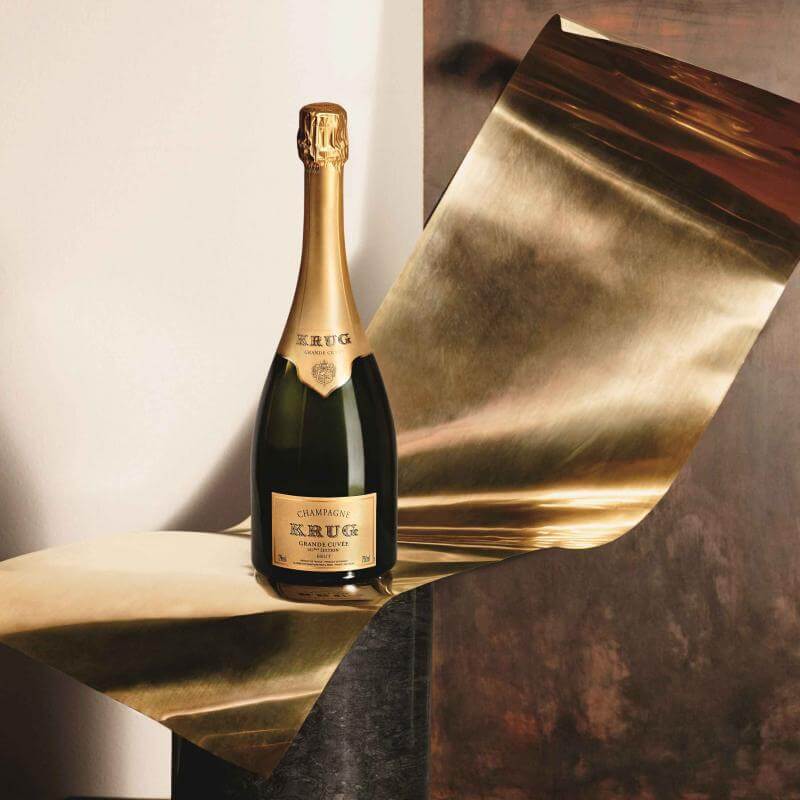
Krug Grande Cuvée
Mulled wine is nothing short of “vandalism.”
“Of Australian wines, I can hardly bring myself to write with patience,” although he later concedes that not all Aussie wine is detestable.
Food is also not immune to his scathing gaze: “Oyster soup is a felony, a sacrilege, a misprision of treason, a blow below the belt and, in short, the wrong use of a good thing.”
German brandy? “Coarse and harsh and well suited to their rulers.” In fairness, 1940 might not have been the time one expected kind words from an Englishman about anything German (and, trust me, he does not disappoint).
Healy – the teetotaler was led astray by his Irish priest – became the most devoted lover of Bordeaux imaginable. He often says so. Indeed, this book devotes three solid chapters to the reds of Bordeaux. No other region gets more than one.
But – and you knew there would be a but – despite his stated adoration of the reds of Bordeaux, Healy confesses that the three greatest wines he tried in his life were all from Burgundy (I believe some of his friends told him he had lost his mind when he came out and said so publicly).
Healy goes further, “Let there be no doubt about it: Burgundy at its best overtops Claret at its best.” Healy’s editor, an old friend, was so outraged at this that he actually inserts his own contrary thoughts into the book, in just as scathing terms as we had seen from Healy.
Those three wines were a 1923 Richebourg, the 1904 La Tache, and an 1889 Volnay Caillerets. Healy does go on to say that, “You will only drink four or five bottles of truly first-class Burgundy in your whole life, and you will be lucky if you find so many.”
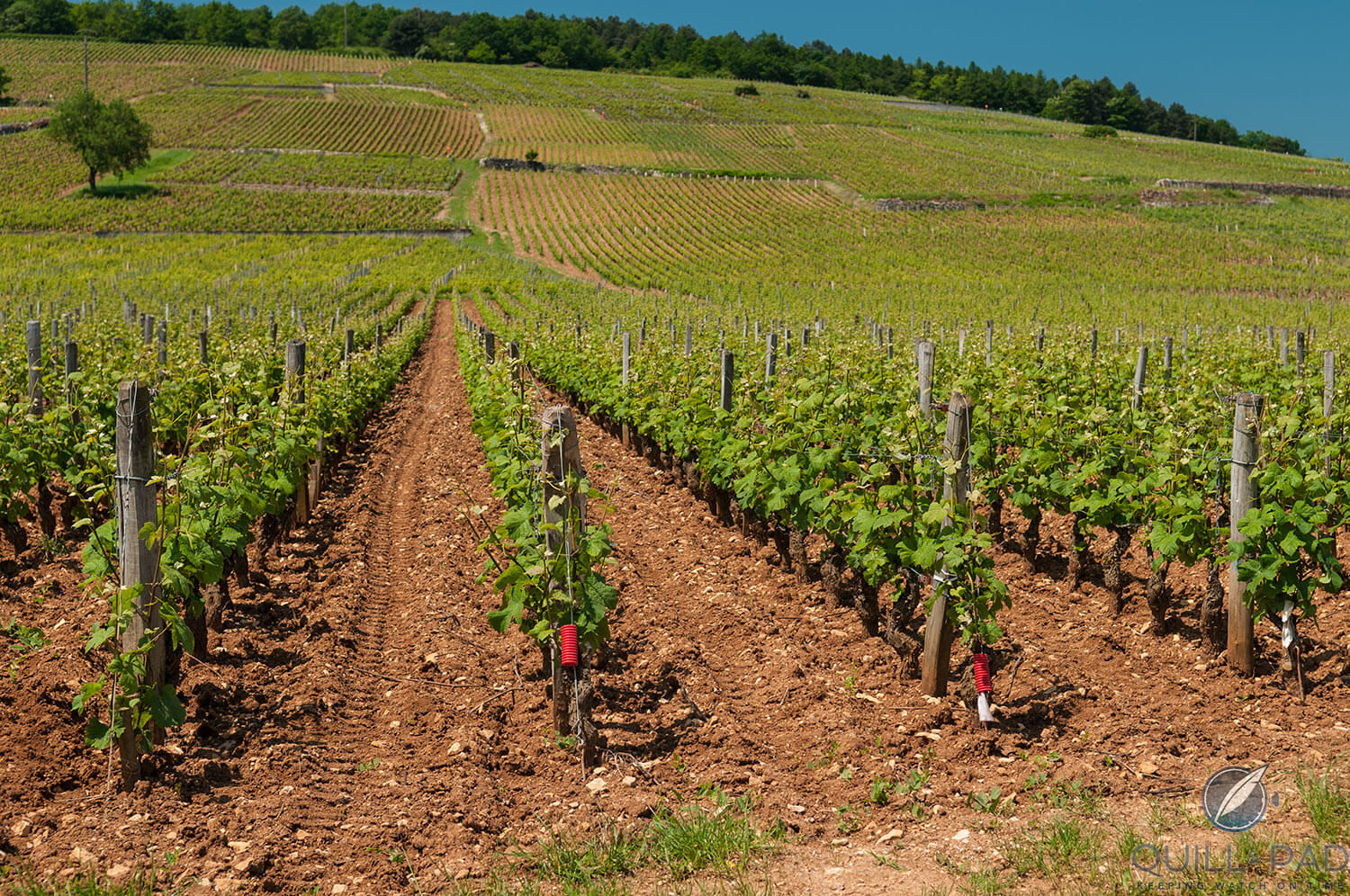
Vineyards of the Domaine de la Romanée-Conti in Burgundy
How does Healy describe these Burgundies?
“One hears the clang of armor in its depths; Mozart closes his clavacin when it is poured, and Dr. P.G. Wodehouse defers telling that story he was about to begin: but Bach moves towards the organ; Henry Ainley [a famous actor of the day] opens the pages of Henry V; the host turns on the lighting of his Rembrandt; and the noble wine blends with them all.”
“So marvelous, so delicate was the bouquet, it seemed an impertinence to go further and taste this miraculous liquid; and yet, on the palate it almost made one regret the waste of time the moments spent in taking in the perfume.”
We just don’t have wine critics like this anymore!
But has any tasting note ever matched this? For the 1889 Volnay (not even a Grand Cru!!):
“Nearly 20 years ago, but I still remember the magnificent shock of that bouquet, rich in mellow perfection, and entirely free from the infirmities of age. I took one sip; I closed my eyes, and every beautiful thing that I had ever known crowded into my memory. In the old fairy tales, the prince drinks a magic portion, or looks into a magic crystal, and all the secrets of the world are revealed to him. I have experienced that miracle. The song of armies sweeping into battle, the roar of the waves upon a rocky shore, the glint of sunshine after rain on the leaves of a forest, the depths of the church organ, the voices of children singing hymns, all these and a hundred other things seemed to be blended into one magnificence . . . Yes, I a devotee of Bordeaux, solemnly declare that the three greatest bottles I have ever tasted were all from Burgundy.”
At which point his editor (and friend) can no longer restrain himself and declares that Healy was a fraud and a closet lover of Burgundy, effectively kicking him out of the serious red wine lovers’ club.
I am old enough (just) to remember when Bordeaux was king and Burgundy was little more than a wicked pleasure. The critics and experts (not always the same thing) would insist that for consistency, quality, reliability, and the finest wine you could drink, Bordeaux was simply the only choice.
Champagne was fun for filling in the time until the real wines were served, but not really considered as great wine. One had a white – almost always White Burgundy – with the entrée as it was more suited to the oysters or fish, but then it was red for serious drinking. Bordeaux. Any wine event was measured by the Bordeaux on offer.
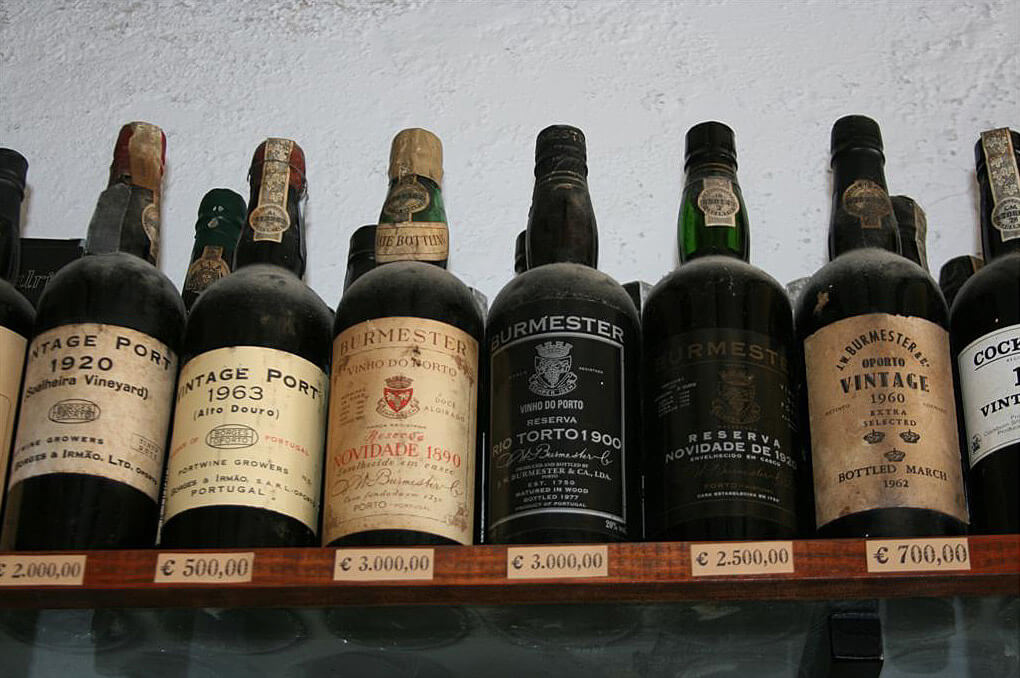
Well-aged vintage Ports (photo courtesy Jared Greenhill/Wikipedia Commons)
A Sauternes and a vintage Port would finish any serious meal. The exception was the wines of the amazing Domaine de la Romanée-Conti, or if you were fortunate an occasional bottle of Henri Jayer. One was allowed to slip one of those in as long as one did not overdo it.
The saying was that nine out of ten bottles of top red that one tried would all be Bordeaux, the tenth Burgundy. But others would say, sure, Burgundy is very much a lottery and far too often you will get overpriced dross. But when it clicks, that one bottle of Burgundy will leave the Bordeaux in the dust. Bordeaux is cerebral; Burgundy is sensual.
This is an argument that has been going on for years. You’ve as much chance as convincing a committed football fan to abandon his team for the lifelong opposition as getting a wine lover to swap allegiances. But it is fun trying.
Times have changed
Bordeaux is still a massive presence in the world of fine wine, and its legions of fans will not hear a word against it. Burgundy, however, has gone past that “toss a coin” mentality. Far less top Burgundy is made than Bordeaux – Bordeaux is a much larger wine-producing region – and prices for the great Burgundies have been on an ever-upward spiral for a number of years.
Meanwhile, granted that COVID-19 and the ensuing economic disaster are playing a huge role in this, prices for the top Bordeaux released for the 2019 en primeur program are down by 30 percent.
As I am sure I have mentioned previously, like many other lovers of great Burgundy, I can recall the moment the switch was flicked. Far too many years ago, at an amazing dinner to celebrate the 1945 Bordeaux vintage (one of the all-time greats), we were enjoying some truly extraordinary wines. And then a friend threw in a ringer. A young wine about which I knew, at that time, precious little. But what a wine!
Thirty minutes after finishing it, I could still hold up the glass and smell the florals, the spices, the violets, as though the glass was full. Mindboggling. So complex, so silky, such persistence, so ethereal. So good!
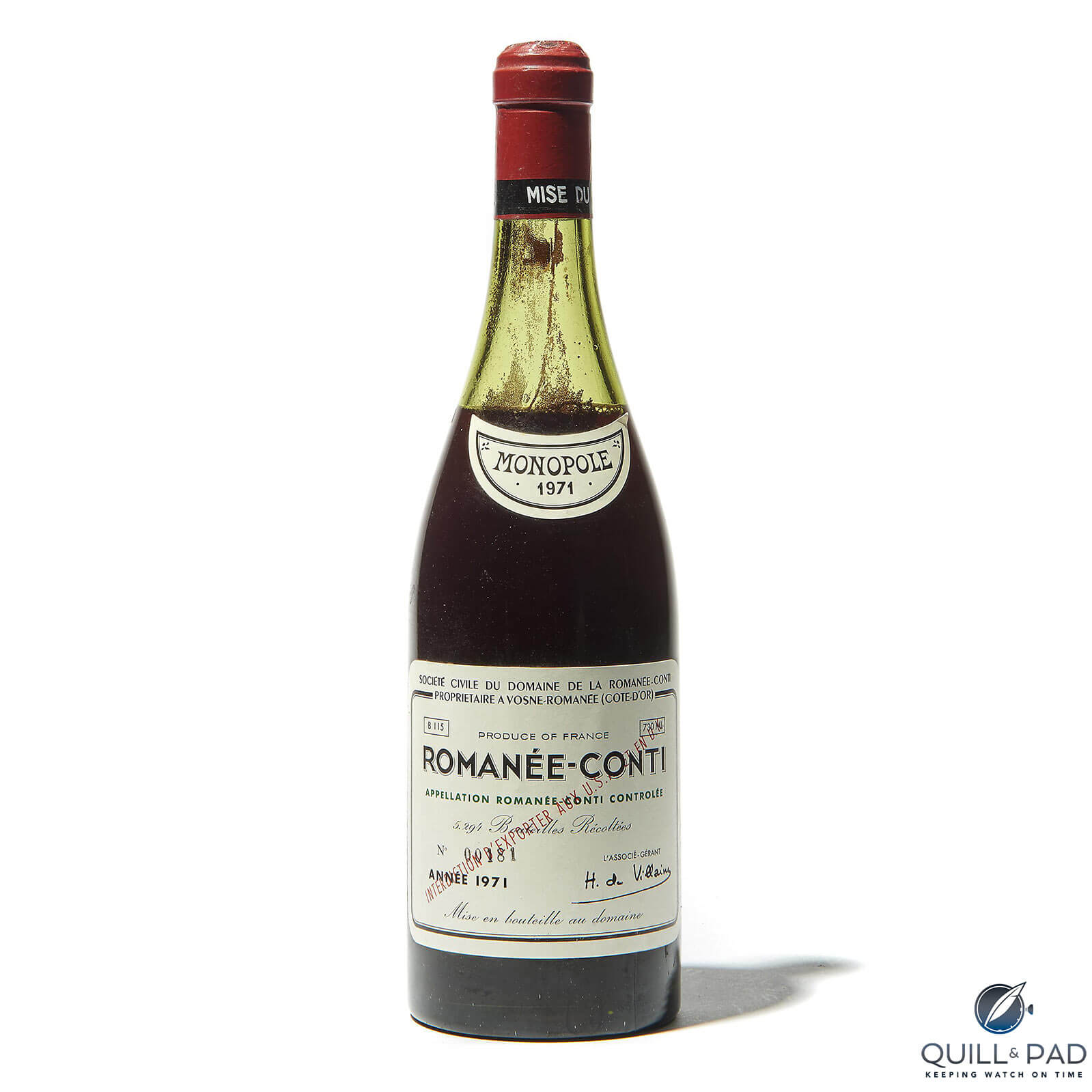
1971 DRC Romanée-Conti (photo courtesy Christie’s)
The wine was the 1971 Domaine de la Romanée-Conti, for me the most exciting wine estate in the world, the finest vineyard, and one of the all-time best vintages. And it drank like it! Until a few years ago, it was for me the greatest wine I had ever tasted.
It was finally topped by another Burgundy, a wine from the same producer and the same vineyard, the 1929 Domaine de la Romanée-Conti. Heaven on earth. The song of armies and the voices of children, indeed.
The golden era for Burgundy? It’s now!
We are now in a golden era for the great wines of Burgundy. Sadly, the prices and very limited availability of the best wines mean that very few of us will enjoy them. I am firmly with Maurice Healy: the greatest of all wines are the finest Burgundies.
Now, if I may, I need to apologize. I have digressed. My intention was simply to have an in-depth look at the wines of Chambertin, one of Burgundy’s finest Grand Crus. But I became a little sidetracked. I could shoehorn something in here, but it seems superfluous. If His Honor, Mr. Justice Healy, did not convert you, or confirm your existing opinion, then there is little chance I will.
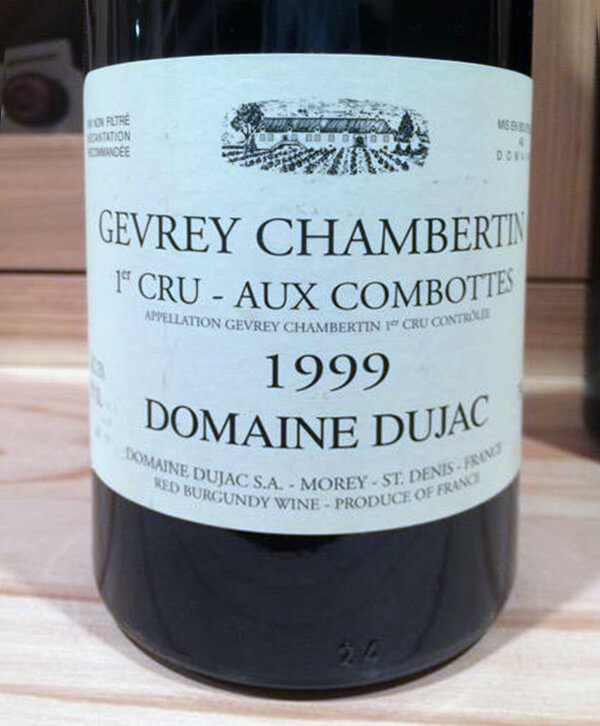
Domaine Dujac Gevrey Chambertin aux Combottes 1999 (photo courtesy www.cellartracker.com)
Chambertin is, of course, the subject of one of the great wine quotes: “I forget the name of the place; I forget the name of the girl; but the wine was Chambertin.” It seems to have been attributed to anyone who put pen to paper back in the day, but apparently belongs to the writer Hilaire Belloc.
Chambertin is also famous as the wine of choice for French emperor Napoleon. He insisted that his staff have bottles available for him on every campaign.
But perhaps the final word should go to Maurice Healy. He acknowledges that Chambertin was Napoleon’s favorite wine but can’t help himself, adding, “which the wretched man shook up all over Europe and drank with water.” Something we would strongly advise against.
It won’t be long before great Burgundy becomes just one more of the unicorn wines. Take the chance, while you can, to enjoy it now and to stock some away in the cellar.
For more information, please visit www.beaune-tourism.com/discover/burgundy-wines.
* This article was first published on June 29, 2020 at Glorious Burgundy Is Experiencing An Unprecedented Golden Age Of Fantastic Wine Vintages.
You may also enjoy:
The World’s Best Wine? No Contest: Romanée-Conti By Domaine De La Romanée-Conti
Château Thivin Beaujolais: Burgundy’s ‘Little Sibling’ Offers Serious Wine With Joyous Exuberance
Domaine Dujac: Red-Hot Burgundy Wines (With Tasting Notes)
Clos De Tart And Clos Des Lambrays: The Glory Of A Great Burgundy Is The Pinnacle Of Wine
Leave a Reply
Want to join the discussion?Feel free to contribute!



It’s also the Golden Age for knowing that I will never be able to afford even a sip of any of these fabled unguents.
Thanks Tony. sadly, so true. Wines that seem quite accessible a decade or two ago are now beyond the reach of most of us. I’m in the same boat as you.